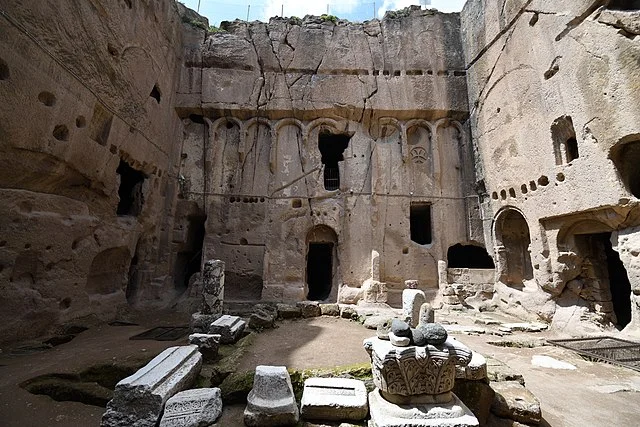Gümüşler Monastery is a significant historical and archaeological site located in the Cappadocia region of Turkey. This rock-cut monastery reflects the rich Christian heritage of the area and showcases Byzantine architecture.
Get your dose of History via Email
Historical Background
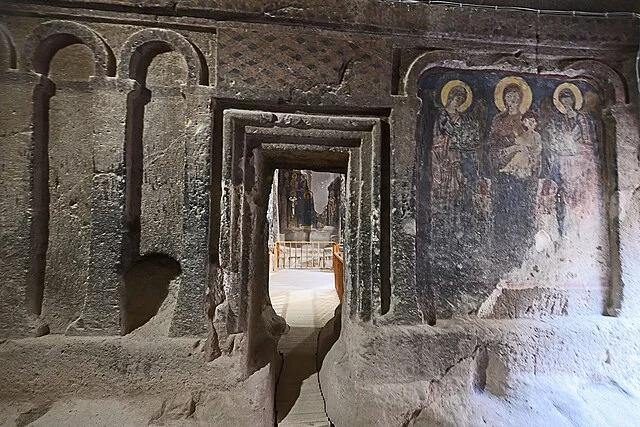
Gümüşler Monastery dates back to the 5th century AD, during the early Christian period. It served as a monastic center, contributing to the spread of Christianity in Cappadocia. The monastery played a crucial role in the lives of early Christians, providing a space for worship, meditation, and community life.
Architectural Features
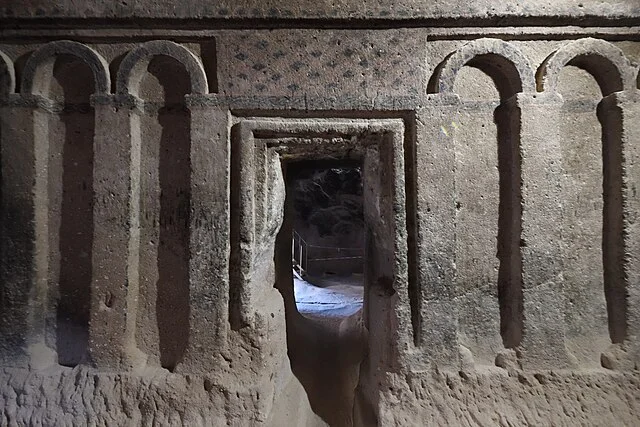
The monastery consists of a complex of rock-cut churches, chapels, and living quarters. Its architecture showcases typical Byzantine characteristics. The frescoes that adorn the walls depict biblical scenes and figures. These frescoes demonstrate the artistic style and religious devotion of the time.
Church of St. Barbara
One of the most notable structures within the monastery is the Church of St. Barbara. This church features intricate frescoes depicting saints and scenes from the life of Christ. The vibrant colors and detailed imagery reflect the artistic skills of the era.
The Chapel of St. George
Another significant part of the monastery is the Chapel of St. George. This chapel contains a unique altar and further frescoes illustrating Christian themes. The chapel’s design and decoration highlight the importance of St. George in Byzantine Christianity.
Monastic Life
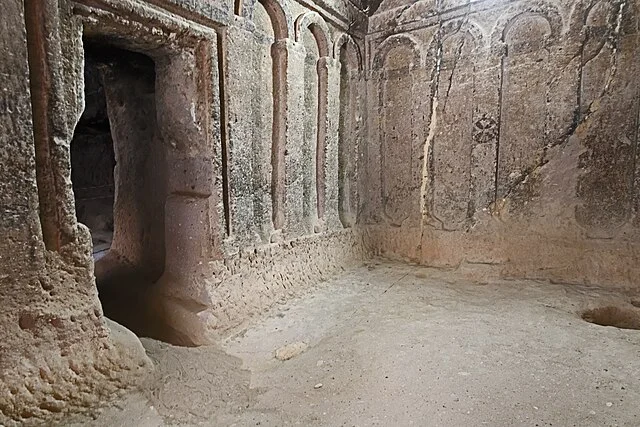
The monastery supported a community of monks who lived and worshipped there. They engaged in prayer, study, and manual labor. Gümüşler Monastery functioned as a center for spiritual education, attracting pilgrims and scholars from the region.
Archaeological Significance
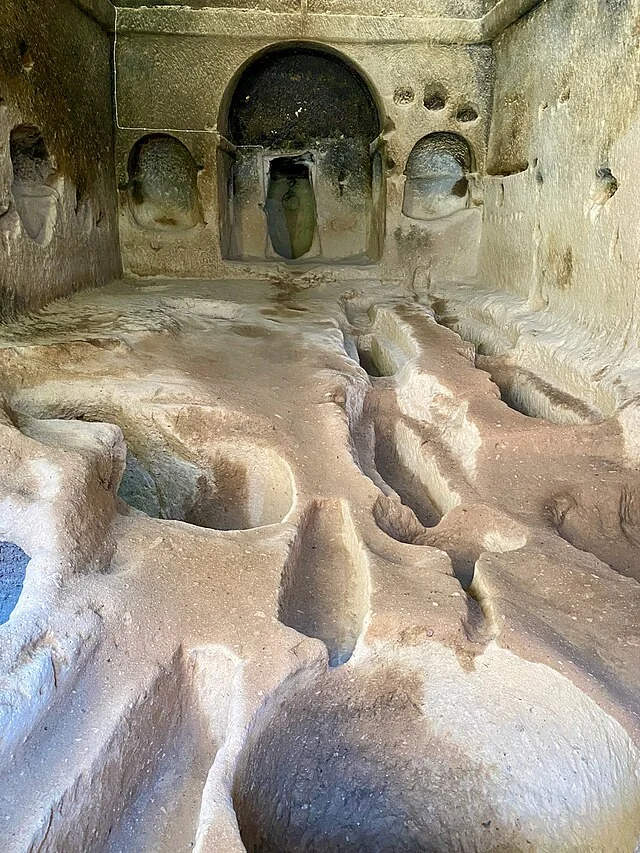
Archaeological excavations at Gümüşler have revealed valuable insights into early Christian monastic life. Researchers have uncovered artifacts, including pottery and tools used by the monks. These findings contribute to the understanding of daily life in monastic communities during the Byzantine period.
Preservation Efforts
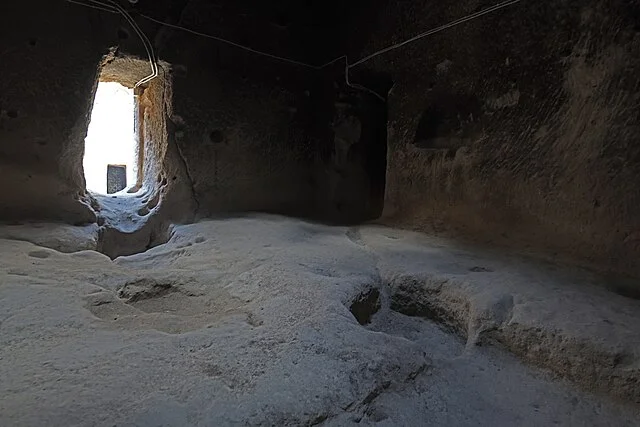
Today, Gümüşler Monastery is part of the cultural heritage of Turkey. Various preservation efforts aim to protect the site from deterioration. Local authorities and heritage organizations work together to maintain the monastery and promote its historical significance.
Conclusion
Gümüşler Monastery remains a vital link to the early Christian history of Cappadocia. Its architecture, frescoes, and archaeological findings provide essential insights into the region’s monastic traditions. As scholars continue to study this site, Gümüşler Monastery will undoubtedly contribute further to the understanding of Byzantine Christianity and its impact on the region.
Source:

